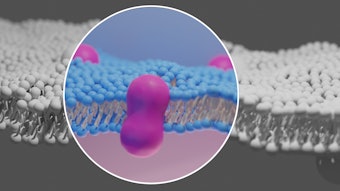Researchers at Henry Ford Hospital’s department of dermatology transferred skin cells taken from healthy, normally pigmented areas of the body of 28 vitiligo patients and transferred them to damaged areas of skin. They then followed 23 of the patients for up to six months after surgery and found that the treated areas regained on average 43% of their natural skin color. In eight patients with localized vitiligo, the treated area regained, on average, 68% of its natural skin color.
The surgery, known as melanocyte-keratinocyte transplantation or MKTP, is performed under local anesthesia and is currently offered in Europe, Asia and the Middle East. The Henry Ford researchers were the first to perform MKTP in North America using the same technique developed by MKTP pioneer Sanjeev Mulekar, MD, of the National Vitiligo Center in Saudi Arabia.
In the study, 28 patients ranging in age from 18 to 60 underwent surgery for a total of 36 MKTP procedures, which lasted 30 minutes to two hours. Researchers analyzed the outcomes of 29 of the procedures. Of the 28 patients, 23 were followed for up to six months after surgery. The ethnicity of patients was Caucasian, South Asian, African American and Hispanic.
“The results achieved in our study were of obvious significance to our patients,” says Iltefat Hamzavi, MD, a senior staff physician in Henry Ford’s department of dermatology and the study’s senior author and principal investigator. “We believe this new treatment option offers hope to patients of color and those with vitiligo on one side of the body or in one area of the body.”
The study—which was a collaboration between Henry Ford and the National Center for Vitiligo, Riyadh, Saudi Arabia and was funded by the Shahani Foundation, based in Michigan—appears in the May edition of the Journal of the American Academy of Dermatology (www.eblue.org/article/S0190-9622(11)00527-5/abstract).
Skin transplant surgery restores skin pigmentation in vitiligo patients
May 31st, 2012











